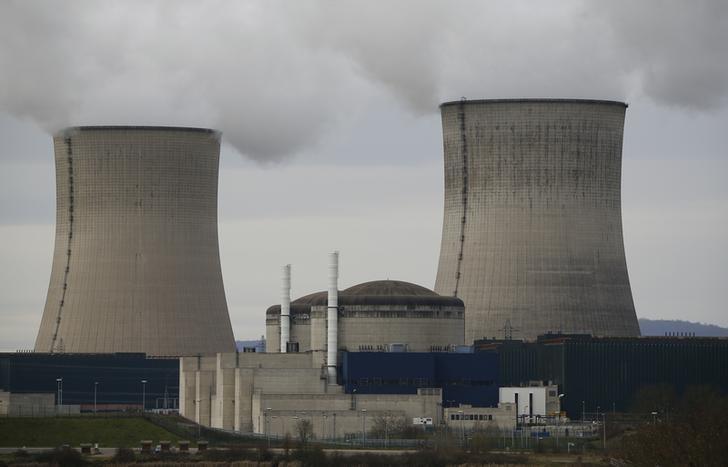
The decision by Prime Minister Narendra Modi's government marks the first strategic response to the near collapse of Westinghouse, the US reactor maker that had been in talks to build six of its AP1000 reactors in India. Westinghouse, owned by Japan's Toshiba, filed for Chapter 11 bankruptcy in March after revealing billions of dollars in cost overruns at its US projects, raising doubts about whether it can complete the India deal.
India's army to get first howitzers in three decades
India has installed nuclear capacity of 6,780 MW from 22 plants and plans to add another 6,700 MW by 2021-22 through projects currently under construction. The 10 additional reactors would be the latest design of India's Pressurised Heavy Water Reactor.
"This project will bring about substantial economies of scale and maximise cost and time efficiencies by adopting fleet mode for execution," the government said in a statement. "It is expected to generate more than 33,400 jobs in direct and indirect employment. With manufacturing orders to domestic industry, it will be a major step towards strengthening India’s credentials as a major nuclear manufacturing powerhouse."
India deploys US-made surveillance drones along LoC
Westinghouse has said it plans to continue construction of its AP1000 plants in China and expects to bid for new plants in India and elsewhere, without elaborating on how it plans to do so. Indian companies such as Larsen and Toubro, Kirloskar Brothers Limited and Godrej & Boyce welcomed the government's move.
Sanjay Kirloskar, chairman of Kirloskar Brothers Limited, said: "nuclear power plants will go a long way in reducing the perennial energy deficit," while Larsen and Toubro's director S.N. Roy called the move "bold and historic."



1725967717-0/Untitled-design-(3)1725967717-0-165x106.webp)

1730567063-0/Express-Tribune-Web-(20)1730567063-0-270x192.webp)



1730561201-0/Express-Tribune-Web-(18)1730561201-0-270x192.webp)
1725355010-0/BeFunky_-(15)1725355010-0-270x192.webp)






COMMENTS
Comments are moderated and generally will be posted if they are on-topic and not abusive.
For more information, please see our Comments FAQ